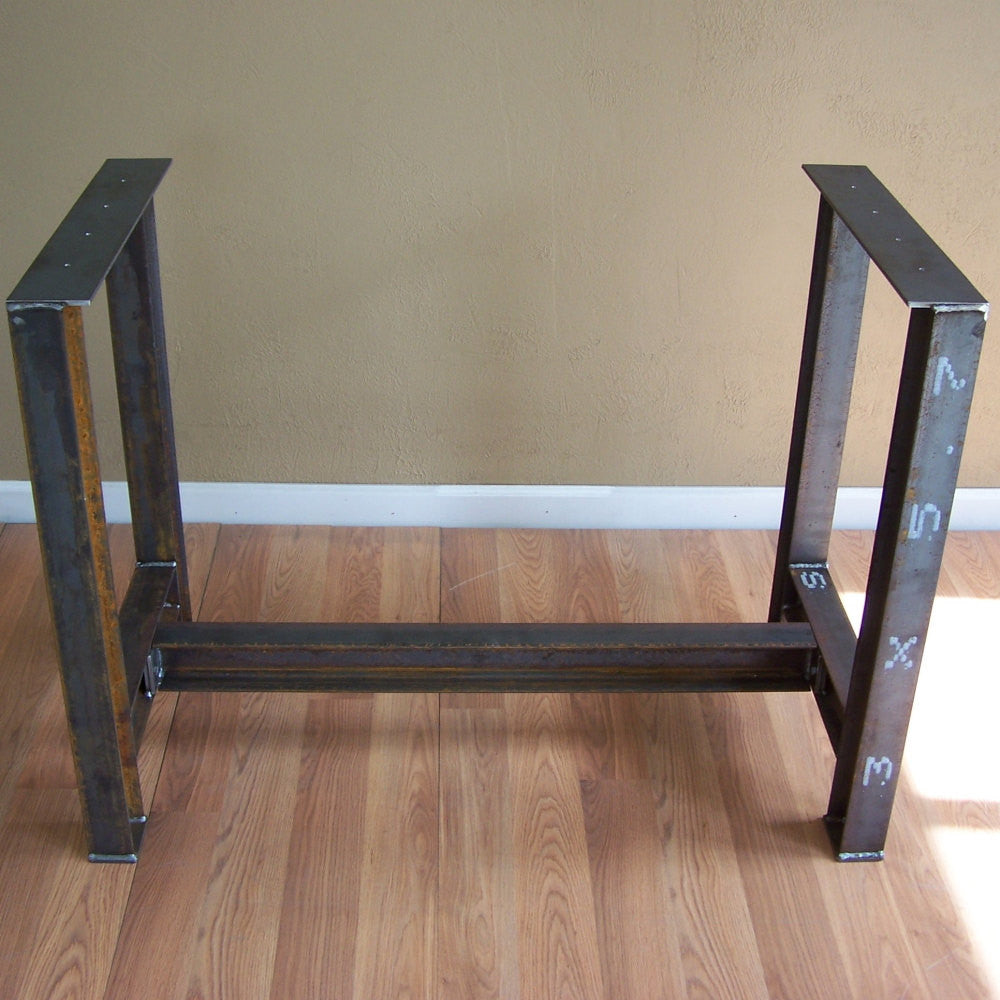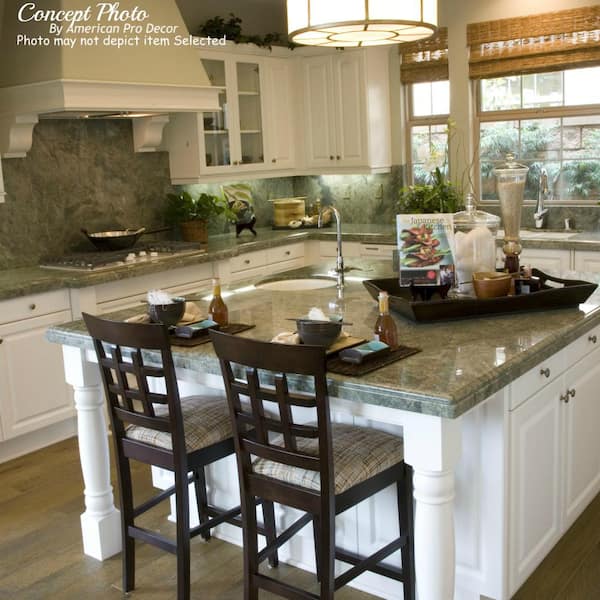Make Your Kitchen Island Stand Out with Personalized Legs For Kitchen Island
Make Your Kitchen Island Stand Out with Personalized Legs For Kitchen Island
Blog Article
Key Factors To Consider for Discovering the most effective Legs For Cooking Area Island for Your Style
When selecting the optimal legs for your cooking area island, numerous vital considerations come into play that can considerably affect both performance and appearances. The selection of product, style, and height should line up with your general kitchen design to ensure a harmonious appearance.
Determine Your Design Choice
When picking the suitable legs for your kitchen area island,Identifying your style choice is critical. The legs of your kitchen area island not only serve a useful function but additionally add substantially to the overall visual of the area. For that reason, identifying your layout style-- be it contemporary, rustic, traditional, or commercial-- is necessary.
For a modern-day kitchen, think about streamlined, minimalistic legs that complement open rooms and clean lines. Conventional cooking areas frequently favor transformed or luxuriant legs, which can include a touch of beauty and class.
Additionally, take into consideration the height and proportion of the legs in relation to the island's surface. Inevitably, your design preference will certainly influence not just the option of legs but additionally the overall consistency of your kitchen's layout.
Select the Right Material
Choosing the right product for your kitchen island legs is essential in guaranteeing both resilience and visual appeal. Different products provide distinctive advantages, and the option often shows your layout preferences and practical needs.
Wood is a prominent selection, offering heat and versatility. It can be discolored or repainted to match your cooking area decor, making it adaptable to numerous designs, from rustic to contemporary. Nonetheless, wood may call for normal maintenance to preserve its appearance and stability.

If you seek a special touch, consider acrylic or glass materials. They can develop an illusion of area and agility in your kitchen, making them an outstanding selection for smaller sized areas - Legs For Kitchen Island. These options may require cautious handling and upkeep to stay clear of scrapes.
Ultimately, the material you choose ought to line up with your cooking area's total layout, ensuring that the legs serve both ornamental and practical functions.
Take Into Consideration Elevation and Percentages
When making a kitchen island, elevation and percentages play a crucial role in guaranteeing functionality and comfort. The typical elevation for a kitchen area island usually ranges from 36 to 42 inches, aligning with conventional counter elevations or bar elevations, respectively. This dimension is essential for integrating with surrounding feceses and counter tops, enabling convenience of usage during dish prep work and social interactions.
Additionally, the island's percentages should complement the total kitchen area format. A well-proportioned island must not overwhelm the room; rather, it should produce a balanced visual. Think about the proportion between the island's size and size, ensuring it offers appropriate surface area without crowding the cooking area. A go to these guys general standard is to maintain a size of 24 to 48 inches, assisting in movement and availability.
Furthermore, the elevation of the legs or base can influence the visual allure and functionality. Taller legs may offer a more contemporary, ventilated feeling, while shorter ones can evoke a typical, grounded appearance. Eventually, carefully thinking about elevation and proportions will lead to a cooking area island that is both functionally reliable and aesthetically appealing, enhancing the general style of the room.
Assess Security and Resilience
A kitchen area island's legs need to not just enhance its height and proportions but also offer appropriate security and toughness to sustain day-to-day tasks. The legs are essential to the overall functionality of the island, as they bear the weight of the countertop and any additional lots, such as devices or food prep work jobs.
When analyzing security, it is critical to take into consideration the leg layout and product. Sturdy metal or strong wood legs typically supply remarkable stamina compared to lighter products like crafted wood or plastic. In addition, a broader base can enhance stability, lowering the danger of wobbling or tipping during use.
Resilience is equally vital; the legs must resist wear and tear from day-to-day use. Consider surfaces that safeguard versus scratches, damages, and wetness, especially in a cooking area atmosphere. Review the quality of building and construction, such as joints and fastenings, which can significantly affect the legs' long-term performance.
Inevitably, investing in well-crafted legs that prioritize security and resilience will certainly guarantee your kitchen island stays a reputable work space for years to find, boosting your culinary experiences while maintaining visual allure.
Consider Maintenance and Treatment
Upkeep and treatment are crucial factors to consider for ensuring the longevity and performance of kitchen area island legs. When picking legs, it is vital to examine the products made use of, as various options need varying levels of upkeep. As an example, wood legs might call for periodic refinishing or sealing to stop wetness damage and scratches, while metal legs may need routine polishing to preserve their luster and protect against corrosion.
Moreover, the finish used to the legs can affect upkeep requirements. A high-gloss finish might be simpler to clean but can reveal scrapes and finger prints a lot more easily than a matte finish. It is advisable to pick products and finishes that complement your way of living; as an example, if you frequently organize events, choose durable products that can hold up against damage.
Furthermore, consider the cleansing process associated with preserving these legs. Smooth surfaces usually need minimal initiative, while elaborate layouts may Continue gather dust and crud, requiring more labor-intensive cleaning approaches. Legs For Kitchen Island. Eventually, considering the maintenance and treatment required for your picked kitchen island legs this hyperlink will certainly not only improve their visual appeal yet also guarantee their functional stability with time
Final Thought
To conclude, choosing the optimum legs for a kitchen island requires mindful consideration of different factors, including layout style, product choice, maintenance, stability, and height. Each component plays a crucial function in ensuring that the legs not only improve the visual allure of the cooking area but also supply the essential assistance and resilience for daily usage. An educated choice will inevitably add to a functional and visually pleasing kitchen environment.
The legs of your kitchen island not only serve a functional purpose but also contribute considerably to the general aesthetic of the area.Maintenance and care are crucial considerations for guaranteeing the longevity and performance of kitchen island legs. Wooden legs might need periodic refinishing or sealing to stop wetness damage and scratches, while steel legs might need regular polishing to keep their luster and stop rust.
Ultimately, factoring in the upkeep and treatment required for your chosen cooking area island legs will certainly not only enhance their visual charm but also guarantee their practical integrity over time.

Report this page